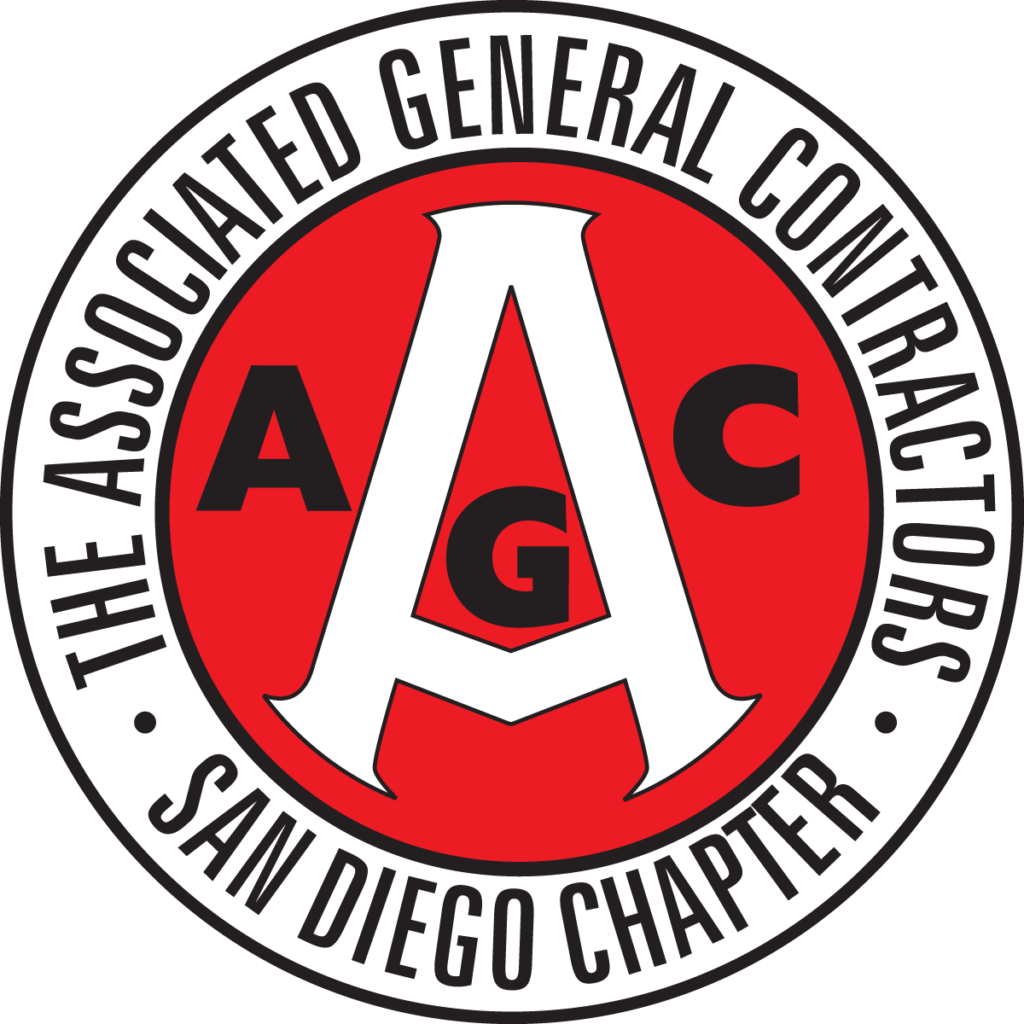The Design-Bid-Build method (DBB) is historically the most commonly used delivery method by public and private entities for bidding and contracting of construction projects. With this method, the plans are designed by a professional engineering consultant with no ties to the construction contractor, and contracts are awarded to the lowest responsible bidder.
The Design-Build (DB) method is significantly different from the DBB method. In DB, the owner contracts with a single entity to provide both design and construction services. This approach fosters collaboration between the designer and builder from the project’s inception; resulting in a smoother workflow compared to traditional methods involving multiple entities and contracts. The advantages of DB include faster project delivery, cost savings, enhanced collaboration, reduced risk, and fewer errors.
The construction industry has embraced the use of design-build over the past 20 years, having successfully adopted the process across countless platforms, projects, and locations. The progressive-design-build delivery method (PDB) is an emerging concept that uses the best aspects of traditional design-build contracting. This method brings the owner, designer, contractor, and construction manager together throughout the entire process. By working in this collaborative, team-centered approach, the expertise of each team member is in play, resulting in improved outcomes on highly complex projects.
The progressive aspect of the PDB method as compared to design-build, is that the design-build team is selected almost entirely on their qualifications, and a guaranteed maximum price (GMP) is provided later, usually between 75% to 90% of the completion of the design process. During the design and pricing phases of the PDB process, owner feedback and project preferences are welcomed, this ensures that the project will meet or exceed the owner’s expectations. Due to the transparency of the open-book process utilized in PDB, owners can have assurances that they are receiving the best market-driven pricing. The PDB method is dynamic and greatly reduces risk, time, and expense, as responsibility is shared by all team members resulting in a greater investment in innovation and excellence by all.
Due to the multi-year duration of many construction projects, a project delivery method, known as Job Order Contracting (JOC), is utilized by public agencies to ensure construction projects are completed in a timely manner. This method is used for projects that rely primarily on single trades, do not often require engineering or construction plans, and need to be done urgently.
Contracts are competitively bid or are based on published unit prices via a unit price book (UPB) with a multiplier applied to the unit prices. JOC projects are IDIQ (Indefinite Delivery Indefinite Quantity) contracts and work is performed on an on-call, as needed, basis.
Multiple Award Construction Contracts (MACC) combine elements of JOC and DB, however, MACC contracts are awarded through a single solicitation to multiple contractors. Each contract is an Indefinite Delivery Indefinite Quantity (IDIQ) contract without predetermined prices, covering both design and construction. These contracts typically last 3-5 years. The agency exclusively issues task orders for design-build services exclusively to the selected MACC contractors as needed. Task orders are awarded based on best value, price, project team, and technical proposal. The contracts are issued as firm fixed price agreements.
Emergency services can be procured by agencies and municipalities in several ways. Typically, the owner will solicit experienced contractors and ask them to submit a Statement of Qualification (SOQ). Contractors must demonstrate significant knowledge of emergency construction projects, and extensive, successful performance of infrastructure projects of comparable size and scope. The owner will then create a short-list of the most highly qualified contractors and only those firms will be allowed to participate in a rotating, on-call basis when emergencies arise. Prequalified contractors can then be called upon to respond within 24 to 48 hours. These emergencies include natural disasters, accidents, and other events which threaten to damage or destroy public or private facilities. It is often necessary to protect roadways, ensure sewer, water and storm drains continue to function, reduce potential for contamination, prevent health problems and to ensure public safety. Due to the critical and complex nature of emergencies, the work typically requires accelerated completion.

Phone 619.448.4560
General Fax 619.258.9751
Corporate Office
10540 Prospect Avenue
Santee, CA 92071

Phone 619.448.4560
General Fax 619.258.9751
Estimating Fax 619.448.3341
General Engineering Contractor
California License No. 402459
Class A and C-21

© TC Construction Co., Inc.
All Rights Reserved.
Privacy | Terms of use